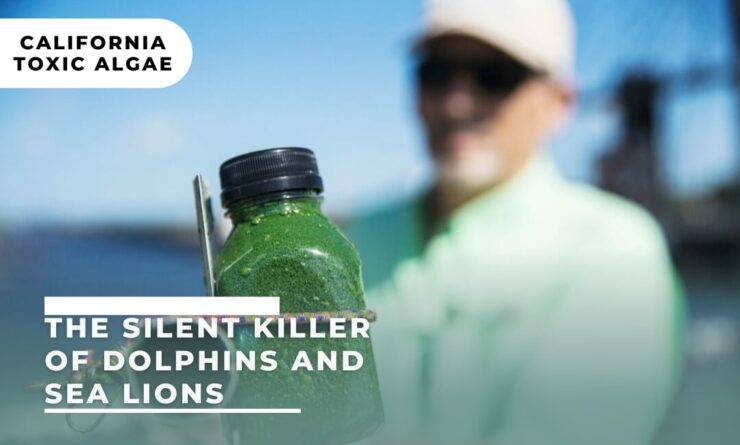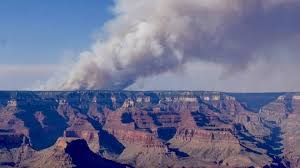The southern coast of California is witnessing a devastating ecological crisis as toxic algal blooms are causing the deaths of hundreds of sea lions and dolphins.
The National Oceanic and Atmospheric Administration (NOAA) reports that over 1,000 marine animals have fallen ill or died in the month of June alone.
While algal blooms are a recurring seasonal issue, experts believe that climate change could be exacerbating the situation.
Every day, more than 200 instances of marine mammals in distress are being reported to rescue groups.
David Caron, a professor of biological sciences at the University of Southern California, shared, “Many beachgoers have reported seeing sick animals one after the other. Animal rescue groups are working tirelessly to mobilize and provide protection to these animals.”
The rapid proliferation of certain algae species is causing illnesses in sea birds, dolphins, and sea lions. These algae produce a toxin known as domoic acid.
Dr. Caron explained that harmful algal blooms disrupt food chains. Smaller marine creatures like shellfish, anchovies, and sardines ingest the toxins, which are then consumed by larger marine mammals.
“When these mammals consume a meal of these highly toxic fish, they themselves become poisoned. If they ingest enough of this toxic material, it can lead to their death, which is what we are witnessing now,” he said.
The NOAA has identified Santa Barbara and Ventura counties in Southern California as the most severely affected areas.
The Channel Islands Marine & Wildlife Institute, an organization dedicated to rescuing and treating sick animals, is receiving over 200 distress calls about marine mammals daily.
“We are doing everything in our power to keep up with the overwhelming demand,” stated Ruth Dover, co-founder of the institute.
Domoic acid can cause marine mammals to become disoriented, convulse, and even die underwater. The toxin also poses a risk to humans who consume fish carrying high levels of the toxin. However, the California Department of Public Health monitors these levels and shuts down shellfish beaches when necessary, according to Dr. Caron.
Humans who encounter larger mammals like sea lions and dolphins stranded on the beach should avoid them as the toxins can make them aggressive. Instead, they should contact rescue organizations, which have been successful in saving some animals by capturing them, providing food and hydration, and helping them eliminate the toxins from their bodies, Dr. Caron advised.
Algae typically bloom between March and June in California, but this year, due to a prolonged and rainy winter, the blooms may be peaking later.

Experts note that not all algae species produce harmful toxins, but climate change may be enabling the harmful ones to spread to new areas. This is because rising water temperatures make more regions suitable for harmful algal blooms, which thrive in warmer waters.
Scientists are still trying to understand the impact of climate change on coastal marine life, Dr. Caron said.
“However, we have substantial evidence, particularly from inland waters, that climate change is intensifying the issues we are seeing with harmful algae,” he added.
Source:
https://news.yahoo.com/toxic-algae-kills-hundreds-dolphins-193044866.html












